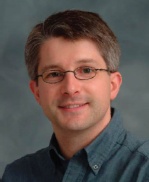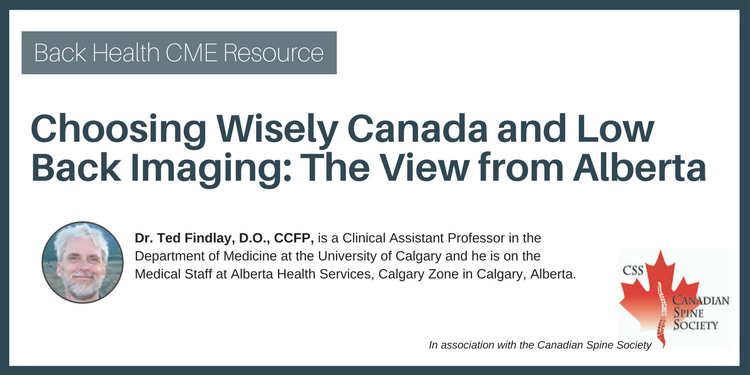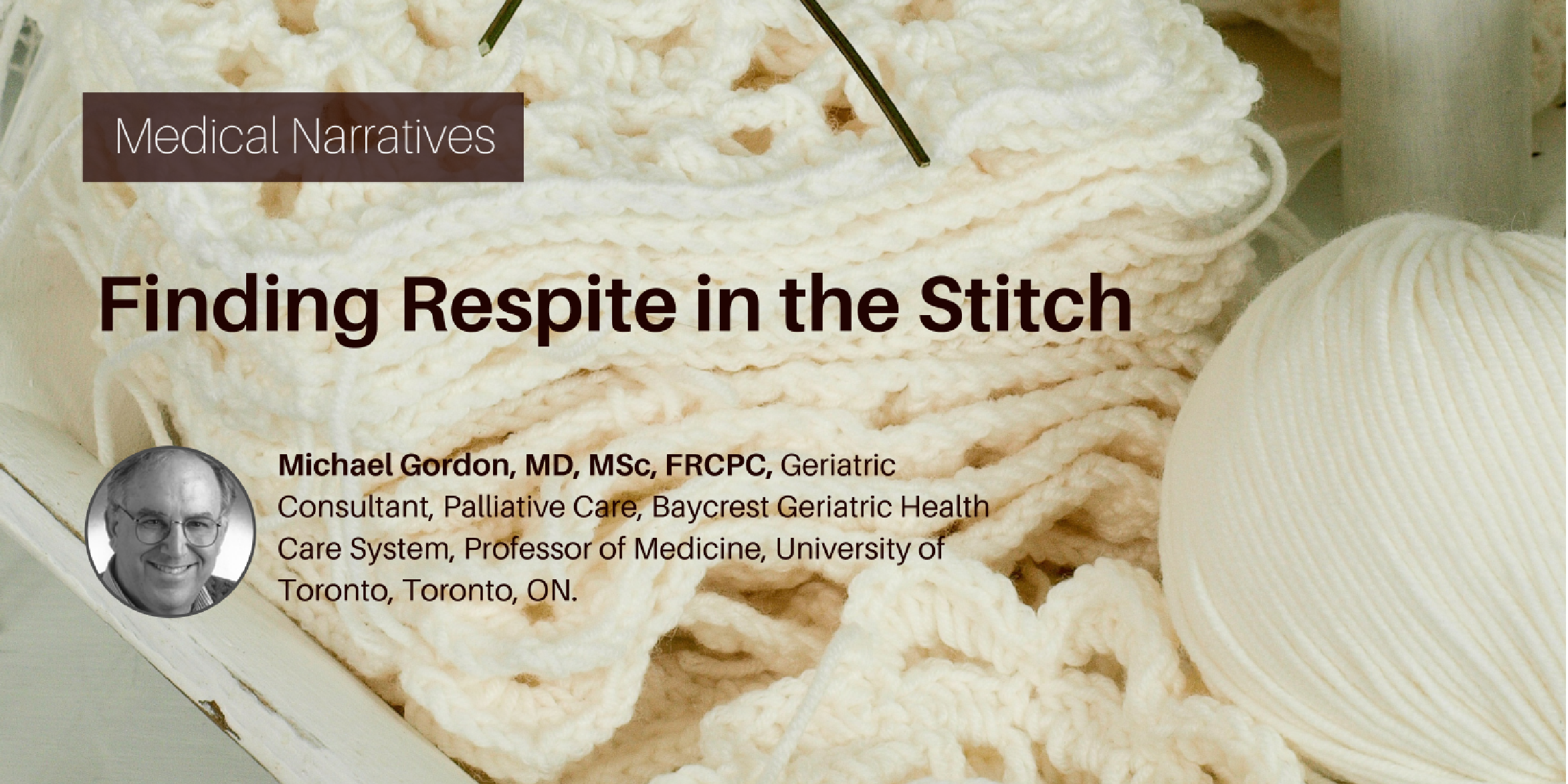Editor's Note, Volume 7 Issue 5
Editor's Note, Volume 7 Issue 5
D’Arcy Little, MD, CCFP, FRCPC
Medical Director, JCCC and HealthPlexus.NET

- Read more about Editor's Note, Volume 7 Issue 5
- Log in or register to post comments
D’Arcy Little, MD, CCFP, FRCPC
Medical Director, JCCC and HealthPlexus.NET

| Questions | 5 |
|---|---|
| Attempts allowed | Unlimited |
| Available | Always |
| Pass rate | 75 % |
| Backwards navigation | Allowed |
| Questions | 3 |
|---|---|
| Attempts allowed | Unlimited |
| Available | Always |
| Pass rate | 75 % |
| Backwards navigation | Allowed |


D’Arcy Little, MD, CCFP, FRCPC
Medical Director, JCCC and HealthPlexus.NET


When you enter a car showroom, a salesperson may identify you as a small-car buyer or a second-hand car buyer, or, if you're known to the dealership, perhaps as a solid every-three-year leaser. With a label in mind, the salesperson will approach you in a particular way. The same can be said of the barista who knows which customer is a "decaf latte" and who is a "dark roast with two creams"—or, in my case at my local Tim Hortons, a medium with two milks in a refill, often with a "good morning" that includes my name. (It's only at the drive-thru window does anything beyond my coffee preference enter the conversation, because I know some of the other servers and will ask them how they're doing in school.)
It's not uncommon to see the same dynamic in medicine—perhaps less so in emergency rooms or ambulatory clinics, but especially on medical wards where one begins what could become an ongoing relationship between physician and patient.
It's understandable that physicians and nurses are primarily concerned with the medical conditions they're responsible for treating. We develop languages that help us identify these conditions, and our shorthand often turns a person with an illness and personal worries and concerns into an organ system with deficiencies that require repair. It's easy to understand the dynamic that leads to the old-fashioned and much-criticized characterization of "the gallbladder in room 203."
So how does one get around the pressure to focus on the illness affecting a person rather than the person who happens to have an illness?
Part of the answer might lie in the long training of health-care providers, when a focus on the humanities should supersede, for a substantial period of time, the focus on what is in essence the scientific underpinning of medicine. Along those lines, I have read a definition of medicine that resonates with me. To paraphrase, it says medicine is a human, interactive and dedicated profession that's informed by science. In some ways, this contrasts with more standard understandings of medicine as the science of preventing, curing and treating diseases.
Whichever approach one takes, it's important to never forget Emily Dickinson's poem about surgeons: "Surgeons must be very careful, when they take the knife! Underneath their fine incisions, stirs the Culprit—Life! "
Another key reason why the patient's identity is so important is that it strongly affects how and why they may respond to medical interventions and the people providing their care.
As well, individual stories of lives lived make medicine a most wonderful profession. The multiple stories are part of the woven and sometimes miraculous fabric of this healing profession.
The dictum I use when teaching medical trainees dealing with a patient who is unknown to them, which I have found works wonders (other than in extreme situations when no time can be spent on anything other than immediate medical intervention), is to start an interview with, "So who are you?" rather than the usual "How are you?" This allows the often-surprised patient to tell the physician a bit about their life and values through their own personal narrative.
It can also cement the personal relationship between patient and doctor (and family, when they're part of the initial discussion). After adequate time is taken to develop a personal rapport, the business of "medical science" can take place on a platform of personal identity and valued personhood.
It's vital to good medical care.
This article was originally published online at http://www.cjnews.com/
